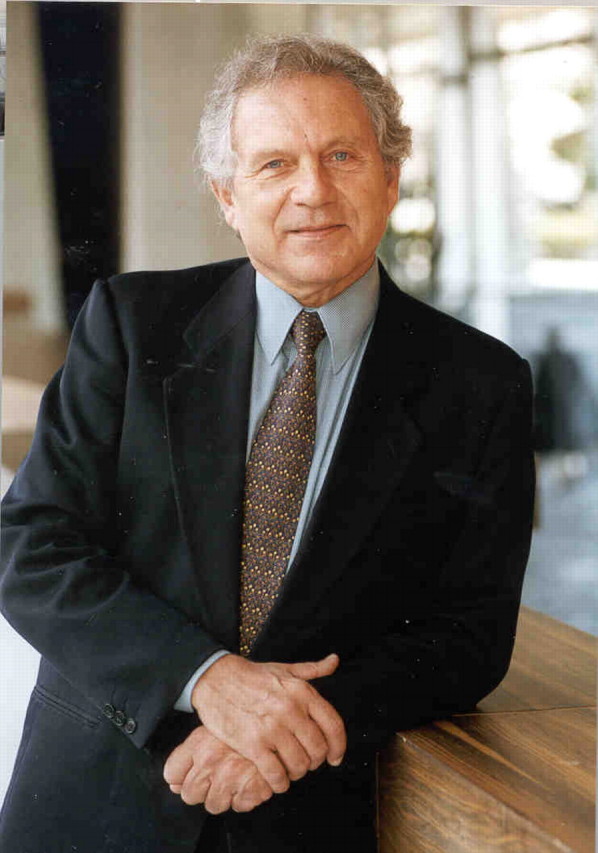Figure.

To those involved in preventing diseases through immunization, the Centennial of the Pan-American Health Organization (PAHO) carries a very special meaning. PAHO hosts the Regional Office of the World Health Organization for the Americas and has been at the forefront of immunization activity since its inception in 1902. Three major campaigns have been spearheaded by PAHO, namely, against smallpox, polio, and measles.
Smallpox eradication—first decided on by the World Health Assembly in 1959, with eradication efforts intensifying in 1967—accomplished its goal in the Americas by 1971. Most countries in the region had stopped routine immunization against smallpox by 1982, and it ceased on the global scale within a few years. This gave rise to great expectations: If it was possible to reach out to the remotest communities, why not expand immunization, and why not consider the eradication of other diseases against which effective vaccines existed?
In 1977, PAHO embarked on its Expanded Program on Immunization (EPI) which initially targeted 6 diseases: tuberculosis, diphtheria, tetanus, pertussis, polio, and measles. As national immunization programs were created, a regional revolving fund was established to ensure the sustained supply of quality vaccines at negotiated prices. In 1980, fewer than 40% of infants in Latin America and the Caribbean had received basic immunization, a rate that gradually increased to exceed 80% by the year 2000. But disease elimination remained a tempting goal.
By the end of 1990, PAHO—in close collaboration with Rotary International, the United States Agency for International Development, the Inter-American Development Bank, and the Canadian Public Health Association—embarked on a campaign to eradicate polio from the Americas. The campaign had to surmount serious technical, logistical, administrative and financial obstacles. In addition, several Central American countries were in a state of civil war that was taking its toll on health infrastructures, exposing health workers to great personal risks, and constraining access to health services by populations on the move. Nonetheless, in August 1991 in Junín, Peru, a boy named Luis Fermín Tenorio Cortez made history by being the unfortunate last case of polio in the Americas.
With smallpox and polio gone, measles was the next focus of elimination efforts in the Americas. More complex than its predecessors, the campaign against measles was dependent on several administrations of an injectable vaccine by skilled health workers. In 1994, the countries in the region determined to interrupt indigenous measles transmission by the end of 2000. Although today measles continues to be transmitted in some countries in the region, great progress is being made: In 2001, the total number of confirmed measles cases in the Americas reached a record low of 541 cases, a 99% reduction compared with 1990.
PAHO’s achievements are largely due to the human factor. Thousands of unheralded public health practitioners, health care providers, and volunteers share the credit for PAHO’s success, along with the leadership of the obstinate PAHO immunization director, Ciro de Quadros, and such figures as Carlyle Guerra de Macedo and George A. O. Alleyne, successive directors of PAHO, and their successor nominate, Mirta Roses Periago.
Surely, PAHO has not only a bright past in immunization and disease elimination but a promising future. Controlling rubella to prevent congenital rubella syndrome may be the next triumph in PAHO’s celebrated history.


